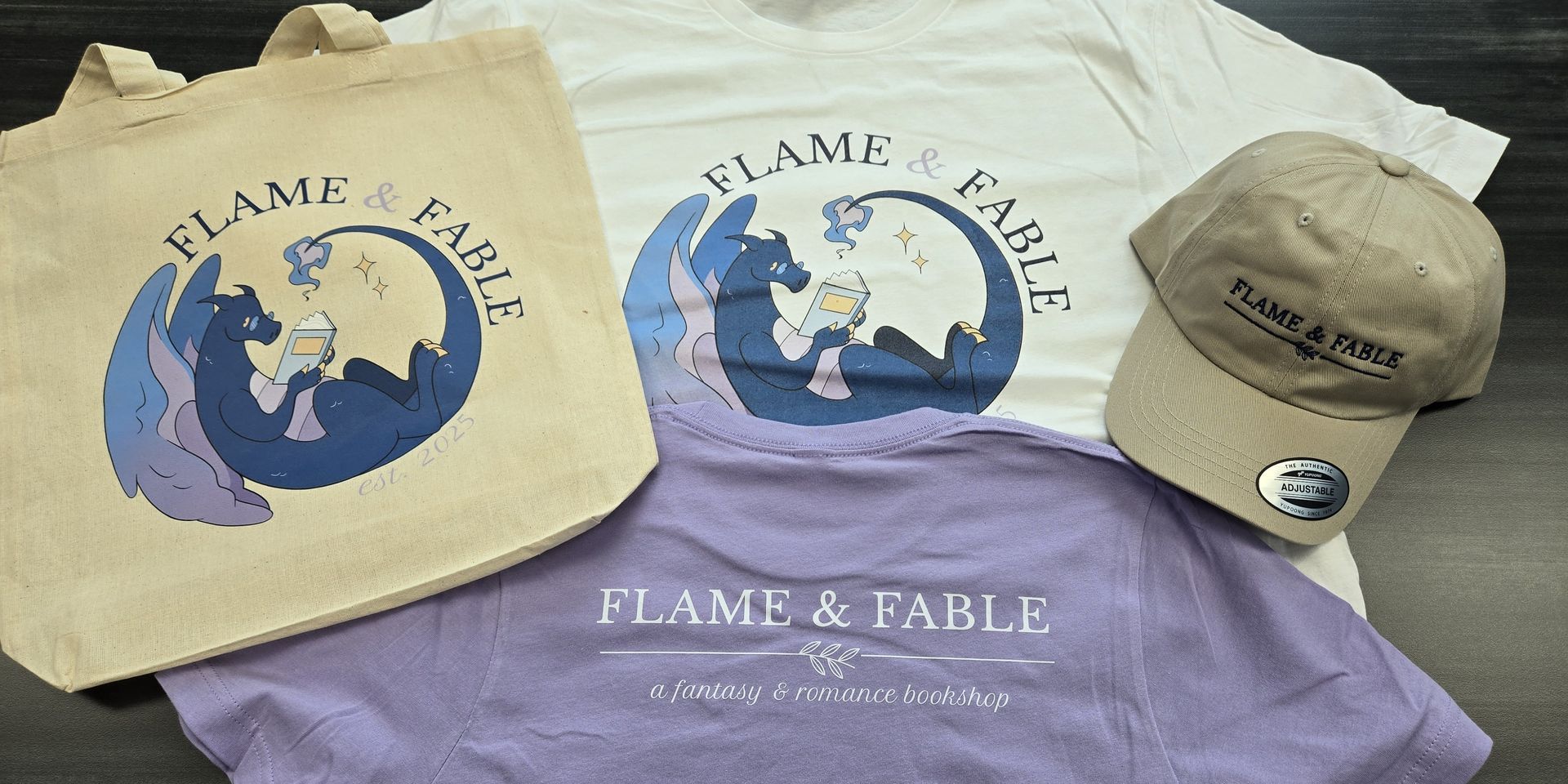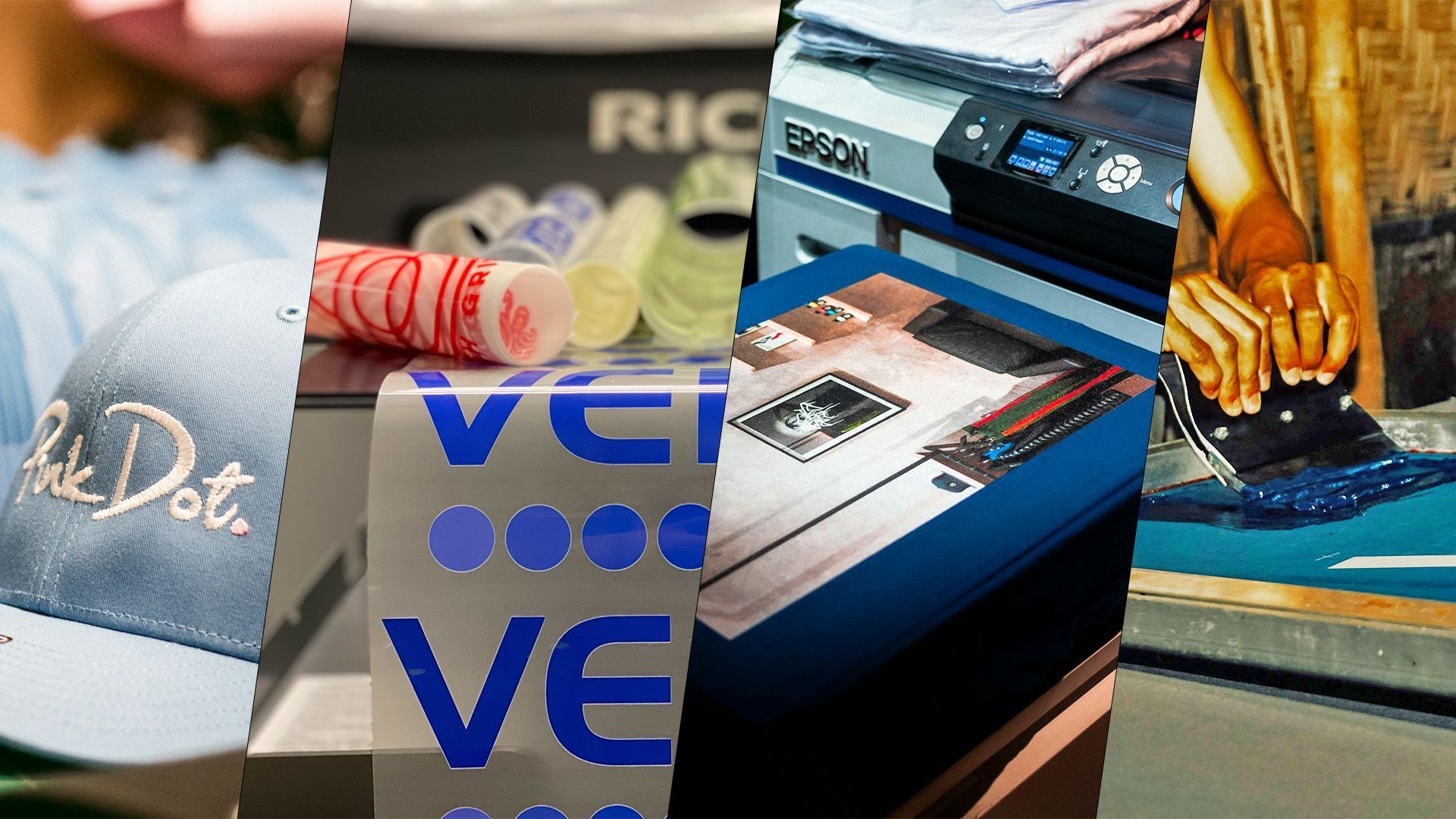Digital Vs Offset Printing
Digital and offset printing are two of the most common ways to print documents. Vedda Printing offers both as an option, but understanding how the different processes work, how they compare, and how to choose what to use can be essential for a cost-effective personal project or campaign.
Digital Printing
First, we’ll go over digital printing. If you are familiar with home printers, you are probably familiar with this technique. Digital printing utilizes inkjet or laser printers, both of which produce thousands of little dots to make up a final piece. It is swift, and virtually no drying time is needed once the ink is on the paper. At Vedda, some of the equipment used for digital printing includes the Canon ImagePRESS C10000VP, the Canon ImagePRESS C8000VP, the Canon ImagePRESS C750, and the Canon VarioPRINT 110. You can see one of our digital printers
here.
Offset Printing
Next, we will talk about offset printing. Offset printing has a “pre-press” setup, which consists of producing the plates with the documents on them. Offset printing uses an inking cylinder system with one cylinder dedicated to each color: cyan, magenta, yellow, and black. The plates from the prepress stage are wrapped around the cylinders and inked. The ink is then transferred to another cylinder which finally places the ink on the paper. Unlike digital printing, some drying time is needed for offset printing but also has many advantages. At Vedda, the equipment used for offset printing includes Heidelberg XL 75 5 Color w/aqueous coating tower 23x29, the Heidelberg CD 74 5 Color w/ aqueous coating tower 23x29, the Heidelberg Speedmaster 2-color 14x20, the Heidelberg Printmaster 2-color 12x18, and the Heidelberg KORS 24x36 2-color. You can see an offset printer used during the production of pocket folders
here.
How to Choose
So, which is the right choice? It depends on the job. Digital printing is generally considered faster and more cost effective for smaller quantities. It eliminates the prepress process found with offset printing. Another perk of Digital printing is that it is excellent for jobs that use variable data. Because it is computerized, it is easy to change names on letters for mailing campaigns and invitations, for example. However, digital printing does not have the same color accuracy and does not use Pantone colors unlike offset printing. For smaller quantities of items, it can get the job done efficiently and affordably.
Offset printing becomes quicker and more cost-effective once the quantity of prints needed hits a specific number. Additionally, offset printing offers Pantone colors which can be a vital part of branding. It is also considered to be of higher quality than digital printing. But, it is often not worth investing in offset printing if the quantity of copies is under 1000.
If you are interested in using Vedda Printing’s services,
contact us!



